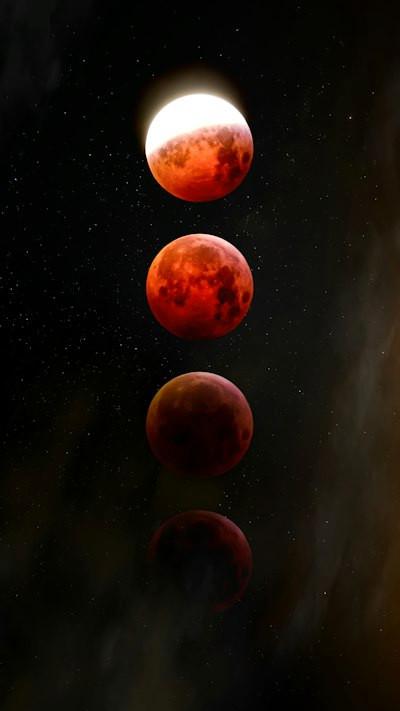Explore the World's Best Ideas
Join today and uncover 100+ curated journeys from 50+ topics. Unlock access to our mobile app with extensive features.
Seeing Shapes in the Moon
Our brains are hard-wired to find meaningful images in random lines and shapes—even if those figures are on the moon.
For as long as humans have lived on Earth, the moon has been our nearest celestial companion and a rich natural canvas for the human imagination.
In Western cultures, perhaps the most familiar vision is "the man in the moon." In East Asian cultures, moon-gazers might point to a rabbit; in India, a pair of hands. From ancient times to the modern era, from different spots on the globe, a tree, a woman, and a toad have all been found hiding in the moon's shining face.
6
101 reads
Looking for Meaning
- Joel Voss, a cognitive neuroscientist at Northwestern University, Chicago, is studying how our brains help us ascribe meaning to otherwise random assortments of shapes and lines.
- In studies, he has presented research participants with computer-generated squiggly lines—meaningless shapes derived from triangles or circles—and asked subjects whether the shapes resemble something meaningful.
- To your visual system, there's no difference between a picture of a frog and some weird collection of dots and lines you've never seen before that vaguely resembles a frog. Your brain is very happy to treat t
hose things as the same thing.
5
79 reads
Brain Wiring
Astronomer Carl Sagan argued that perhaps recognizing faces, even in vague shapes, is evolutionarily advantageous.
Joel Voss proposes another explanation: Think of the human brain as a flexible, all-purpose machine meant to succeed in whatever random environment it inhabits. To triumph in strange places, the brain must be able to quickly process unfamiliar visual stimuli—like new shapes and lines—and figure out what's worth paying attention to. Seeing faces and figures is merely a consequence of the brain's tendency to match stored information with new stimuli.
5
72 reads
The Moon and Storytelling
- Although we see the world as this very structured, object-containing environment, it's really just a bunch of random lines and shapes and colors,
- The reason why it's so easy to see meaningful things in nonsense shapes is that those nonsense shapes have a lot of the same features as meaningful things.
- In scientific terms, what a moon-gazer sees may come down to brain wiring. But through the ages, what civilizations perceived in the moon's face took on greater significance, in the preservation of cultures, origin stories, and beliefs.
- The night sky is one of the greatest storytelling panoramas. Thi
ngs in the natural world are the hints and clues for the story. When you see the moon, you remember the story you heard when you were a kid and you pass it on.
7
70 reads
IDEAS CURATED BY
Fitan Black's ideas are part of this journey:
Learn more about scienceandnature with this collection
How to choose the right music for different tasks
The benefits of listening to music while working
How music affects productivity
Related collections
Similar ideas
6 ideas
Full Moon Insomnia: Does The Moon Affect Your Sleep?
nosleeplessnights.com
4 ideas
3 ideas
Why do we find circles so beautiful?
sciencefocus.com
Read & Learn
20x Faster
without
deepstash
with
deepstash
with
deepstash
Personalized microlearning
—
100+ Learning Journeys
—
Access to 200,000+ ideas
—
Access to the mobile app
—
Unlimited idea saving
—
—
Unlimited history
—
—
Unlimited listening to ideas
—
—
Downloading & offline access
—
—
Supercharge your mind with one idea per day
Enter your email and spend 1 minute every day to learn something new.
I agree to receive email updates

